Area of Quadrilateral Worksheet
A worksheet on finding the area of a quadrilateral can be a helpful tool for students looking to strengthen their understanding of this geometric concept. By providing a range of practice problems and exercises, these worksheets offer students the opportunity to explore the relationship between the sides, angles, and diagonals of various quadrilaterals and develop their skills in calculating their areas.
Table of Images 👆
- Types of Quadrilaterals Worksheet
- Quadrilateral Angles Worksheet
- Area and Perimeter Worksheets
- Parallelogram Properties Worksheet
- Quadrilateral Properties Worksheet
- Triangle Worksheet
- Finding Area of Parallelogram Worksheet
- Area of Trapezoid Rhombus and Kites Worksheet
- Area and Perimeter Formula Sheet
- Area Quadrilateral Worksheet
- Perimeter of Regular Polygons Worksheet
More Other Worksheets
Kindergarten Worksheet My RoomSpanish Verb Worksheets
Cooking Vocabulary Worksheet
My Shadow Worksheet
Large Printable Blank Pyramid Worksheet
Relationship Circles Worksheet
DNA Code Worksheet
Meiosis Worksheet Answer Key
Art Handouts and Worksheets
7 Elements of Art Worksheets
What is the formula for finding the area of a square?
The formula for finding the area of a square is side length squared. This means that to find the area, you simply need to multiply the length of one side of the square by itself (s * s) or use the formula A = s^2, where A represents the area and s represents the length of one side of the square.
How can you find the area of a rectangle?
To find the area of a rectangle, you can use the formula: area = length × width. Measure the length and width of the rectangle in any unit (e.g., centimeters, inches) and then multiply these two measurements together to calculate the area of the rectangle in square units (e.g., square centimeters, square inches).
What is the formula for finding the area of a parallelogram?
The formula for finding the area of a parallelogram is to multiply the base of the parallelogram by its height. So, the formula is Area = base x height.
How do you calculate the area of a trapezoid?
To calculate the area of a trapezoid, you need to add the lengths of its parallel bases, multiply the sum by the height of the trapezoid, and then divide the result by 2. The formula for the area of a trapezoid is: A = (1/2)(b1 + b2)h, where A is the area, b1 and b2 are the lengths of the bases, and h is the height of the trapezoid.
What is the formula for finding the area of a rhombus?
The formula for finding the area of a rhombus is Area = (diagonal 1 x diagonal 2) / 2.
How can you determine the area of a kite?
To determine the area of a kite, you can use the formula: Area = (diagonal 1 * diagonal 2) / 2, where the diagonals of the kite are the two line segments that cross each other at a 90-degree angle. Simply plug in the lengths of the diagonals into the formula and calculate the area.
What is the formula for finding the area of a regular polygon?
The formula for finding the area of a regular polygon is (0.5) × apothem length × perimeter, where the apothem length is the perpendicular distance from the center of the polygon to a side, and the perimeter is the total distance around the polygon.
How do you calculate the area of an irregular polygon?
To calculate the area of an irregular polygon, divide the polygon into smaller, manageable shapes (triangles, rectangles, etc.) and calculate the area of each individual shape using appropriate formulas (e.g., for a triangle use 0.5 * base * height). Add up the areas of all the smaller shapes to get the total area of the irregular polygon. Alternatively, you can use coordinate geometry to calculate the area by plotting the vertices and applying the shoelace formula.
How can you find the area of a quadrilateral with all sides and one angle measurement given?
To find the area of a quadrilateral with all sides and one angle measurement given, you can use the formula for the area of a quadrilateral, which is 0.5 times the product of the diagonal lengths multiplied by the sine of the given angle. Calculate the length of the diagonals using the given side lengths and angle, then apply the formula to find the area of the quadrilateral.
What is the method for finding the area of a quadrilateral with only the diagonal lengths given?
To find the area of a quadrilateral with only the diagonal lengths given, you can use the formula Area = 1/2 * d1 * d2 * sin(theta), where d1 and d2 are the lengths of the diagonals and theta is the angle between them. If the angle between the diagonals is not provided, you can use the cosine rule to find it. Then, plug the values into the formula to calculate the area of the quadrilateral.
Have something to share?
Who is Worksheeto?
At Worksheeto, we are committed to delivering an extensive and varied portfolio of superior quality worksheets, designed to address the educational demands of students, educators, and parents.

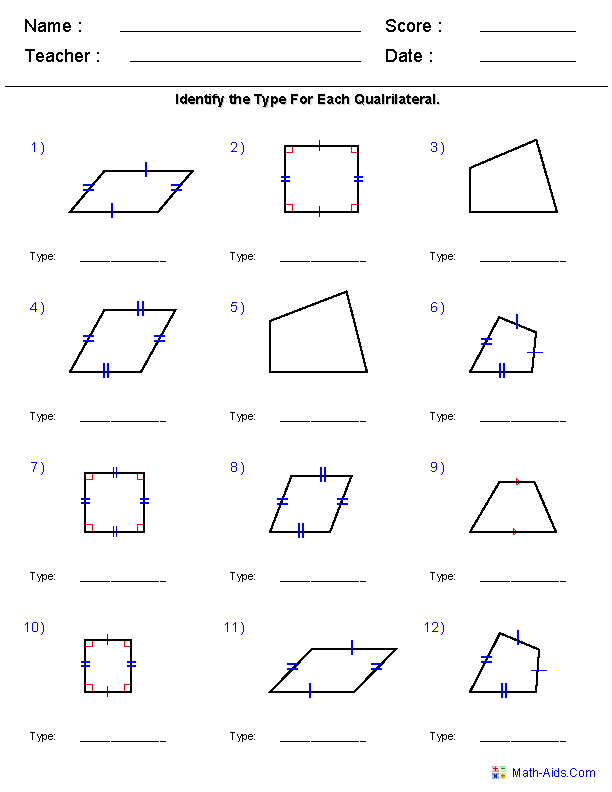



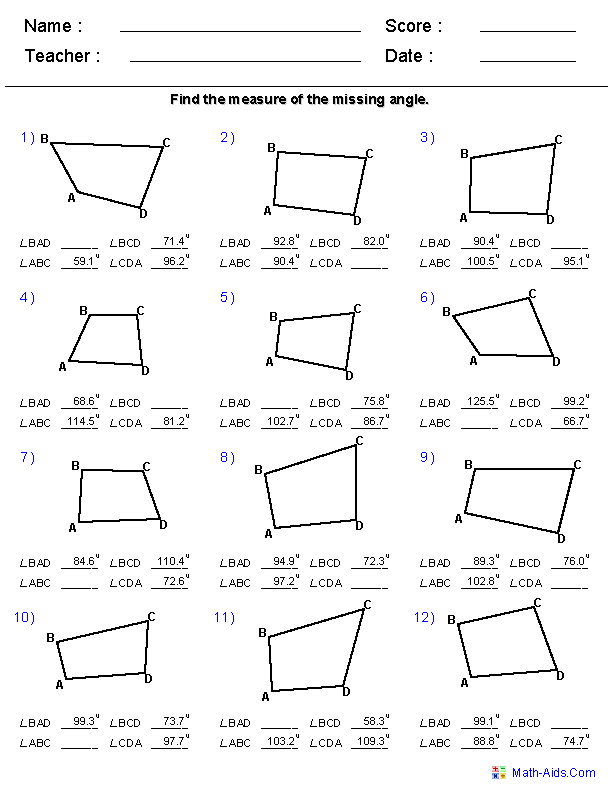
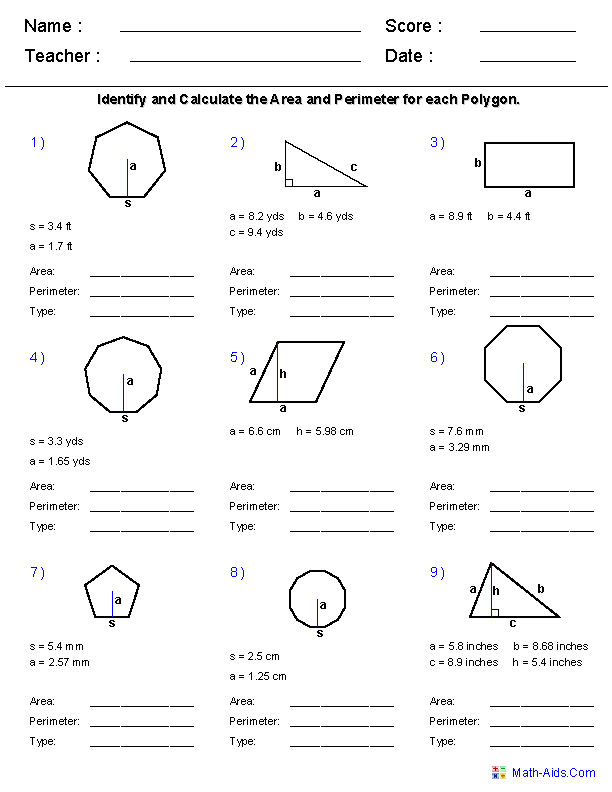
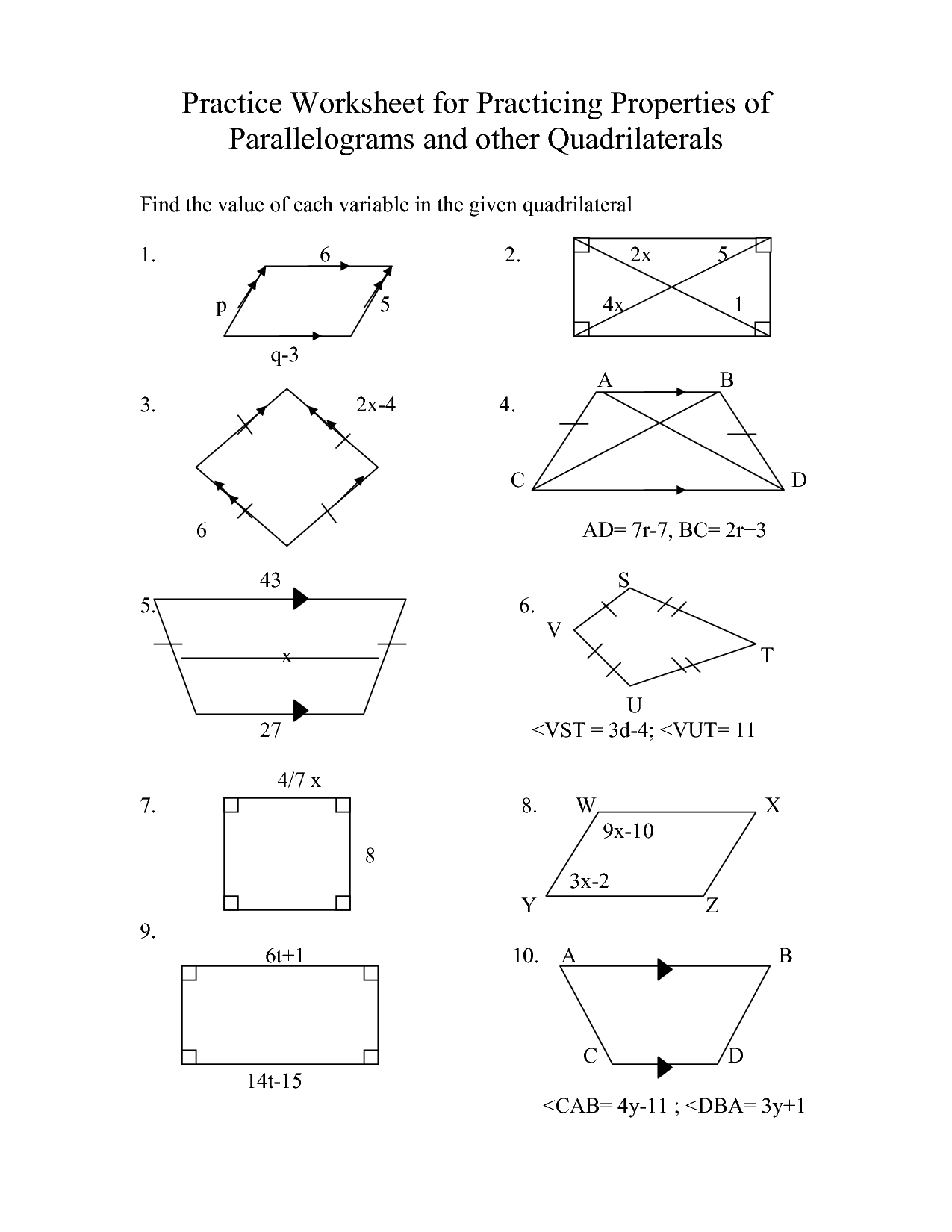
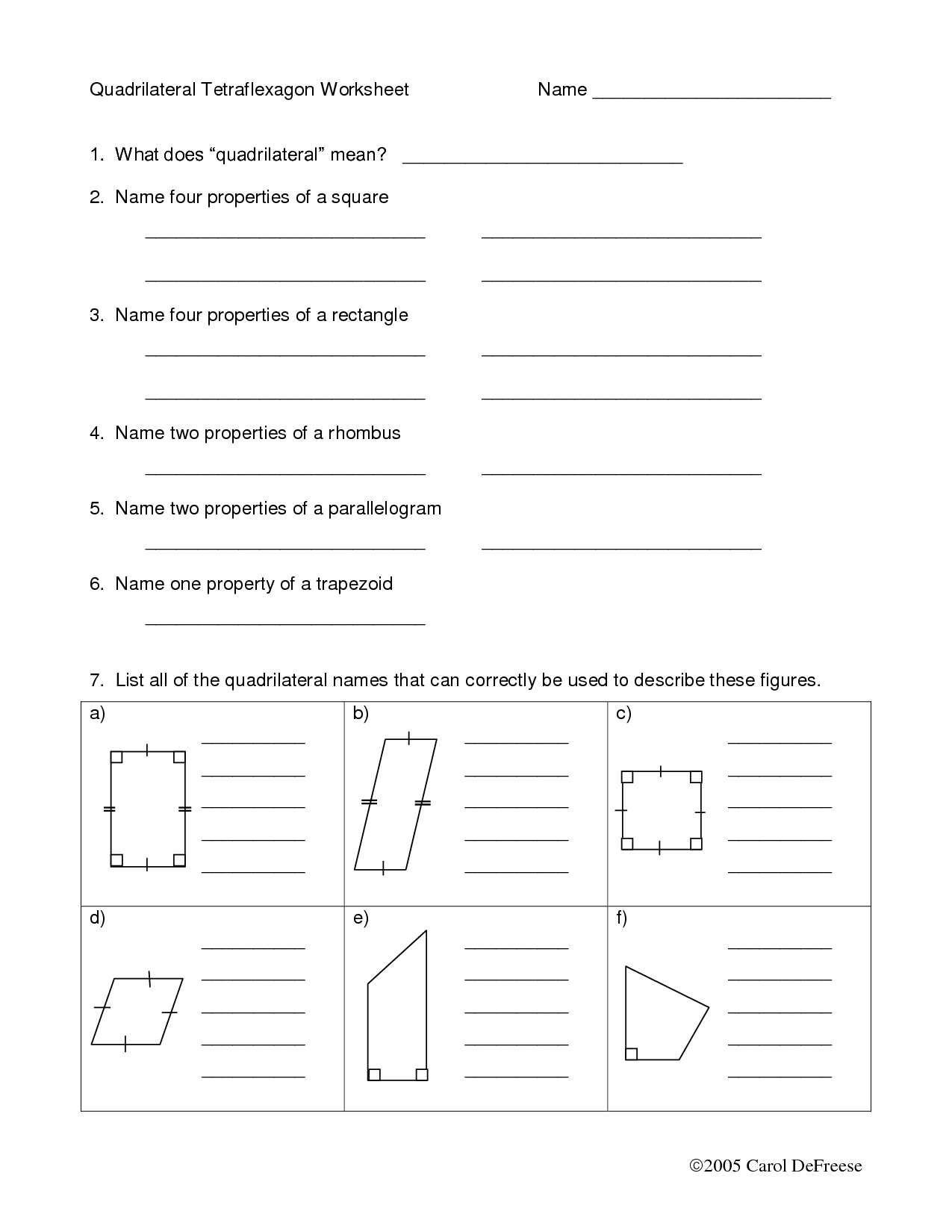
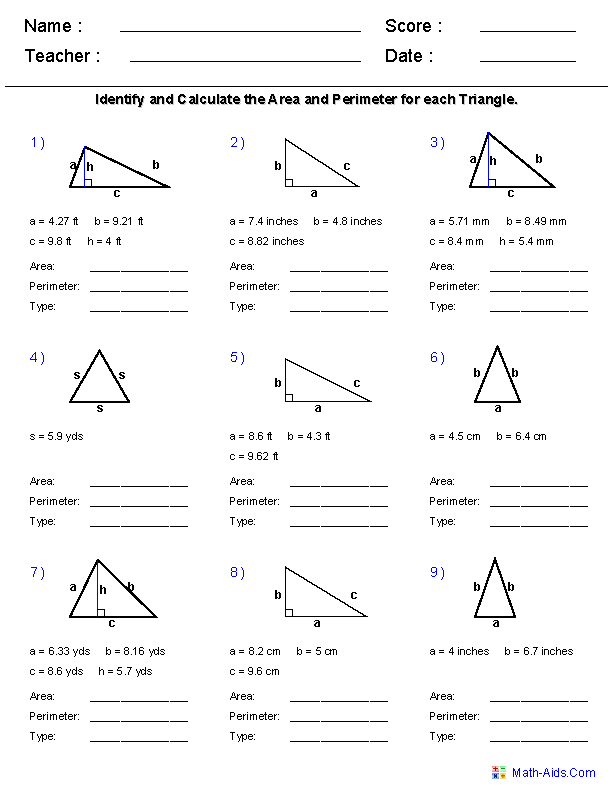

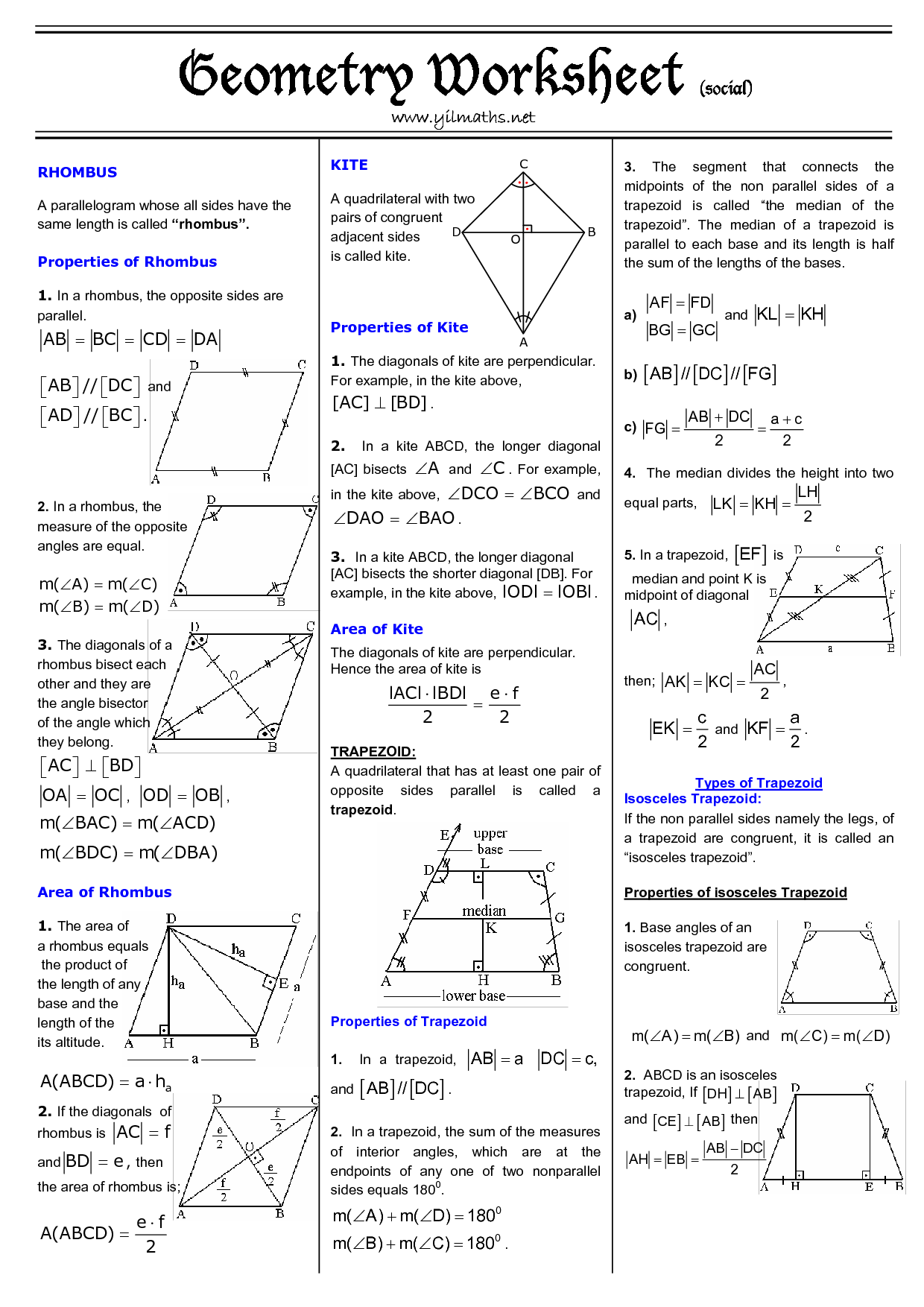
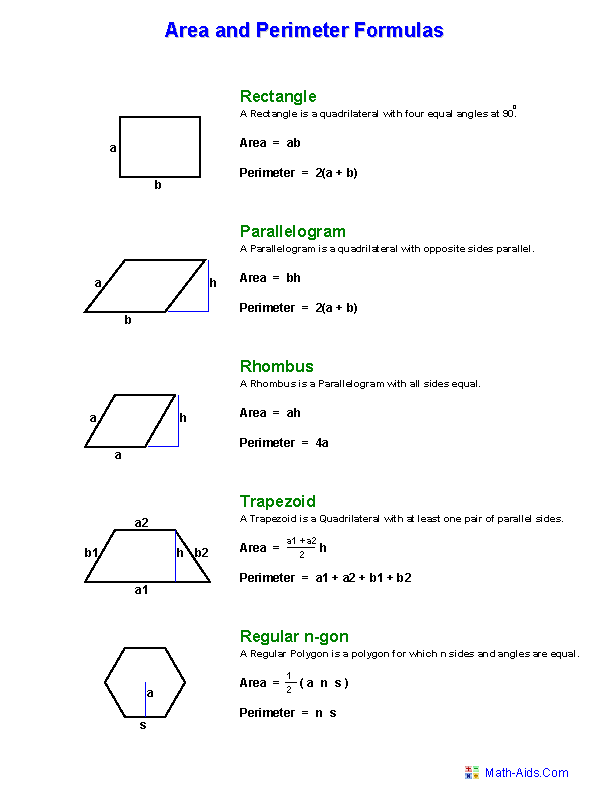
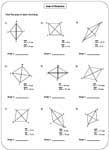















Comments